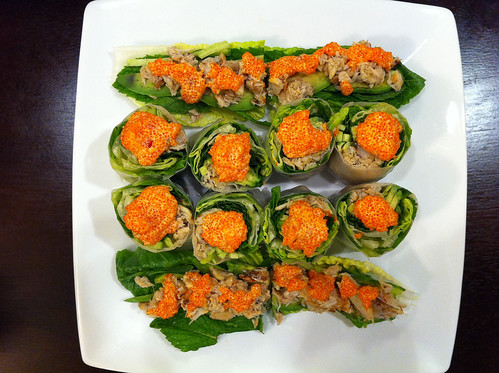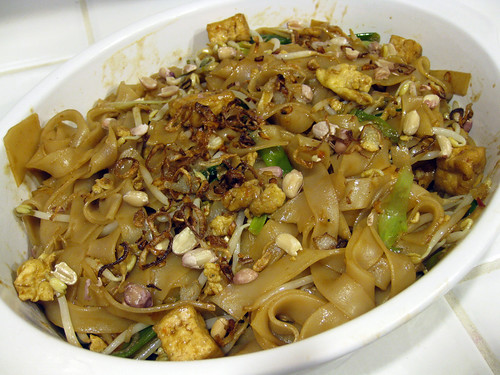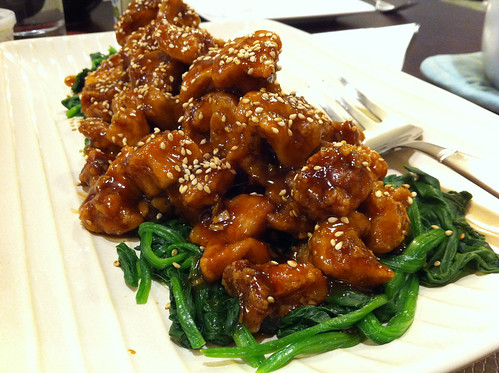It’s only February, but I’ve had summer on my mind, and all the fresh dishes that go with it. The aptly-named summer rolls are one of my favorite things to eat in the warmer weather and with spring only a few weeks away, I’m making these early this year.
These seafood summer rolls pack a bunch with a chili-garlic spiked aioli and the crunchy, vinagared vegetables balance out the mayonnaise perfectly. If you take the time to prep your mise en place ahead of time here, putting these rolls together is a snap.
Ingredients:
1 (3-inch-long) piece daikon radish, peeled and julienned
1 carrot, peeled and julienned
3 tablespoons lime juice
1/4 teaspoon sesame oil
1 Persian cucumber, halved and julienned
1 1/2 tablespoons rice vinegar
1/4 cup mayonnaise
1 teaspoon chili-garlic sauce
1 ounce tobiko roe
3 teaspoons soy sauce
10 round rice-paper wrappers
1 pound crabmeat, picked over and coarsely flaked
1 green onion, thinly sliced diagonally
1. Combine one tablespoon of lime juice and soy sauce in a small bowl and set aside. In a separate bowl, toss carrot, daikon, and cucumber with vinegar, sesame oil, 2 tablespoons of the lime juice, and salt to taste.
2. In another bowl, mix chili-garlic sauce with mayonnaise and half of the tobiko and set aside.
3. Stir together the remaining lime juice and soy sauce in a small bowl.
4. Soak 1 rice paper wrappers in a baking dish of warm water until pliable, about 5 seconds. Put 1 soaked wrapper on a dry cutting board. Put one tablespoon of crabmeat across lower third of wrapper (nearest you), leaving a 2-inch border at bottom. Spread with 1/2 tablespoon mayonnaise-tobiko mixture and top with a few pieces of the carrot mixture and sliced scallion. Fold bottom of wrapper over filling and roll up tightly. Repeat with remaining filling ingredients and rice paper wrappers.
5. Cut each roll into 2 pieces. Arrange on a platter, standing them up, and top each with a dollop of tobiko. Drizzle lime-soy sauce around rolls.





